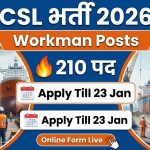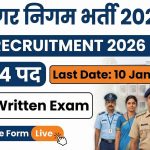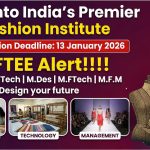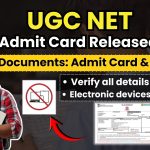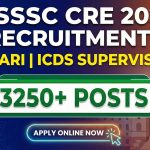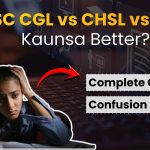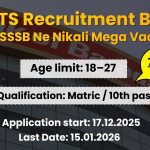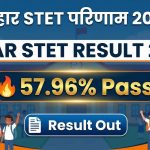- Home
- Aditya L1 Mission Launch Date, Time, Budget, Objective, Model, Payloads
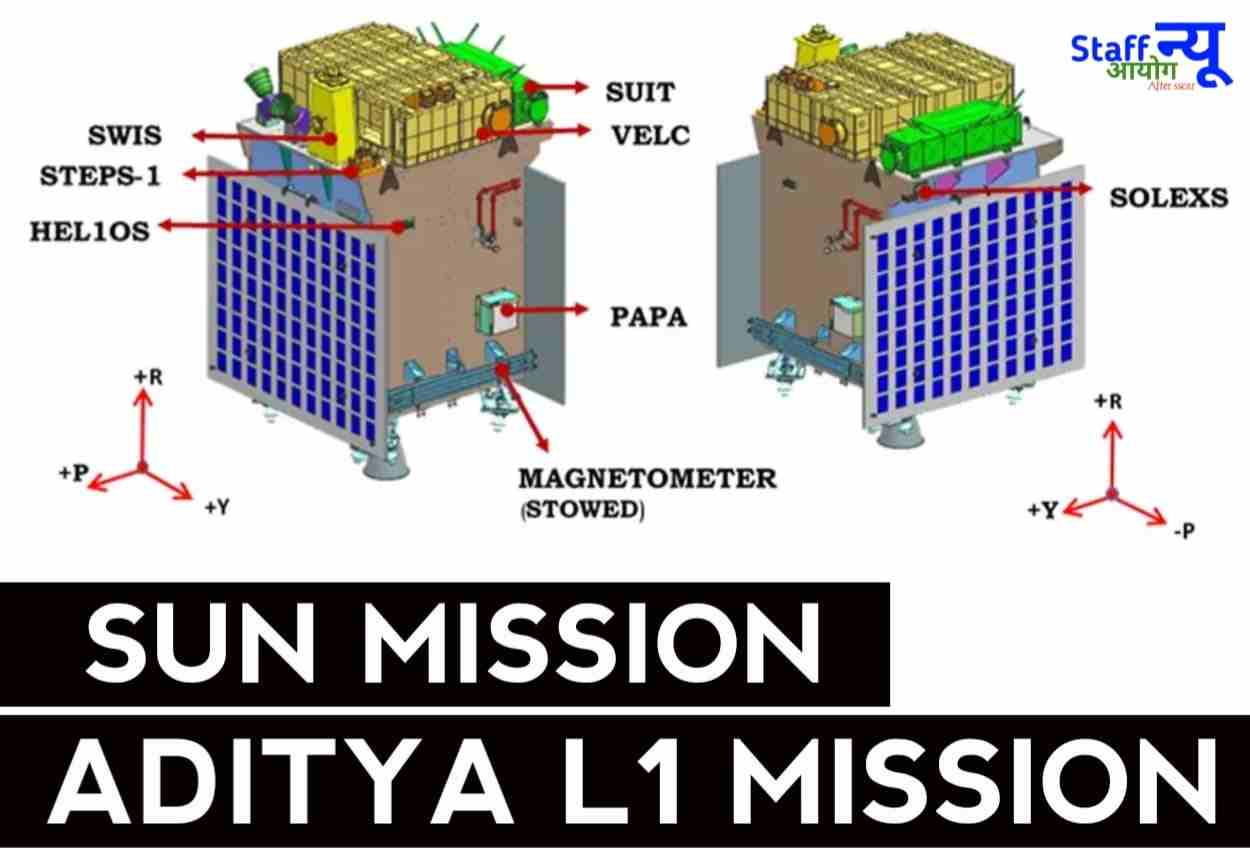
Aditya L1 Mission Launch Date, Time, Budget, Objective, Model, Payloads
India’s space achievements continue to soar as ISRO gears up to launch its newest venture, the Aditya-L1 mission. This mission, set for liftoff around September 2, aims to study the Sun from an orbit about 1.5 million kilometers away. The spacecraft will carry instruments to observe different parts of the Sun and provide insights into solar activities and their effects on Earth. This marks India’s first dedicated solar observation mission, showcasing its growing expertise in space science and technology.
Aditya L1 Mission
Get ready for a groundbreaking space journey! Aditya L1 is India’s first-ever mission to explore the Sun. Imagine a special spot 1.5 million kilometers away from Earth, called Lagrange Point 1 (L1), where the spacecraft will sit in a halo orbit. This means it will always have an uninterrupted view of the Sun, like a front-row seat. This is awesome because it lets us watch the Sun’s activities and their effects on space weather as they happen. Aditya L1 carries seven tools to look closely at different parts of the Sun using special sensors. Some check out its outer layers, and others peek at the Sun’s “magnetic personality.” By studying these things, scientists hope to understand how the Sun’s heat works, what causes big solar bursts, and much more. This mission is like having space detectives study our dazzling star!
Aditya L1 Mission Overview
| Overview | Aditya L1 Mission |
|---|---|
| Category | Event |
| Mission | Aditya L1 Mission |
| Goal | Study sun and space weather |
| Launch Date | September 2, 2023 |
| Location | Halo orbit, Lagrange Point 1 (L1) |
| Distance | About 1.5 million km from Earth |
| Payloads | 7 (4 Remote Sensing, 3 In-situ) |
| Objectives | Study coronal dynamics, eruptions |
| Instruments | Observe Sun’s atmosphere, particles |
| Duration | About 5.2 years |
| Significance | India’s 1st solar mission, space insights |
| Join Telegram | Join |
Aditya L1 Mission Launch Date and Time
The Aditya L1 mission is getting ready to blast off. The big launch day is September 2, 2023. That’s when the special spacecraft will start its journey to study the Sun from way up in space. It’s like a space adventure we’ve been waiting for!
Aditya L1 Mission Budget
Let’s talk money! The Aditya L1 Mission had a cost of around INR 378.53 crores back in 2019. But we don’t know exactly how much it costs now. The mission lasts for about 5.2 years, and it needs money to make special tools and instruments. These tools are quite fancy and need a lot of money to be made. The budget also includes things like planning, launching, and other important stuff. So, it’s like a big bag of money that needs to cover everything for the mission to work smoothly!
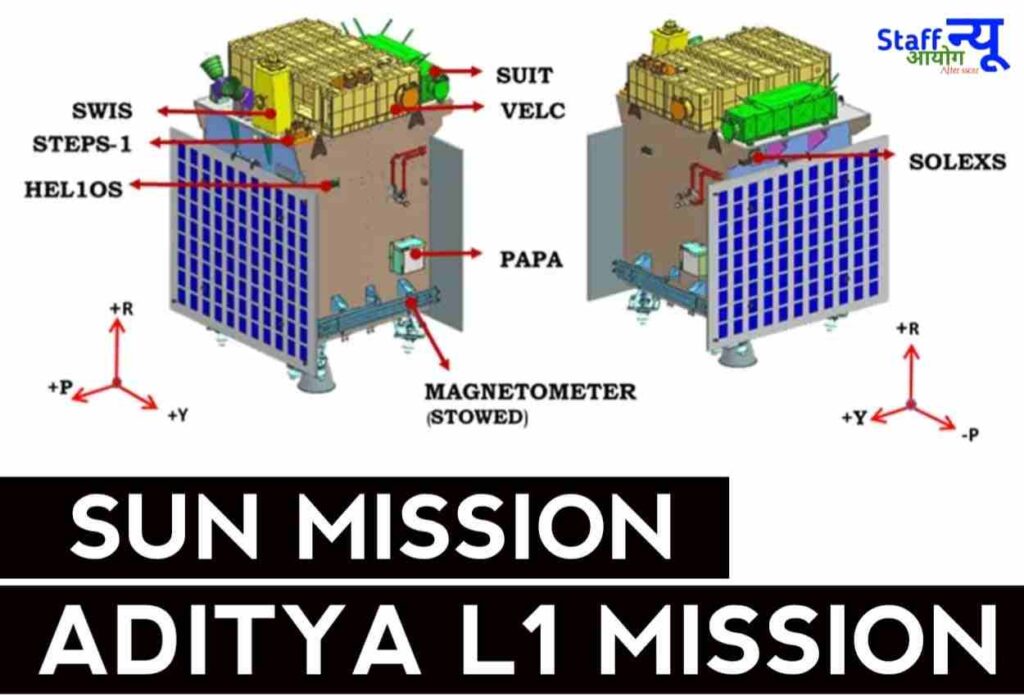
Aditya L1 Mission Objectives
The Aditya L1 mission has big goals! It wants to understand the Sun better by studying its upper atmosphere and special events like solar blasts. It’s also checking out the Sun’s particles and magnetic fields. The mission aims to solve mysteries about how the Sun gets super hot, what causes solar storms, and where space weather comes from. To do this, it carries seven tools on board, some taking pictures from far away and others getting up close to the Sun. These tools are like its space detectives, uncovering the Sun’s secrets.
Concise List of Aditya L1 Mission Objectives:
- Study the Sun’s upper atmosphere dynamics.
- Understand heating and eruptions in the chromosphere and corona.
- Explore in-situ particles and plasma for solar insights.
- Investigate the solar corona and its heating mechanism.
- Diagnose coronal plasma properties: temperature, speed, and density.
- Uncover the development and dynamics of coronal mass ejections (CMEs).
- Identify processes behind solar eruptive events.
- Study magnetic field topology and measurements in the solar corona.
- Trace the drivers for space weather, like the solar wind.
Aditya L1 Model
The Aditya L1 model is like a blueprint for a special spacecraft. This spacecraft is going on a big adventure to study the Sun. It will go far away, about 1.5 million kilometers from Earth, and watch the Sun’s activities. The model includes all the important parts and tools the spacecraft needs to do its job. Some tools take far-away pictures, and others look closely at the Sun. The model also has the mission’s goals, like understanding why the Sun is so hot and how solar storms happen. It’s like a plan that helps the spacecraft do its Sun exploration perfectly!
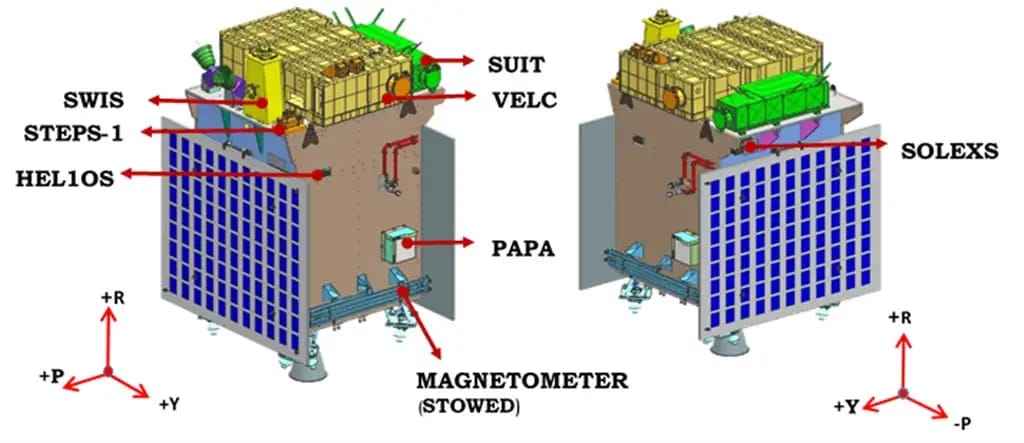
inside the Aditya L1, there are 7 special tools called payloads. These payloads do important jobs. Among them, 3 do up-close studies (In-situ) and 4 take far-away pictures (Remote Sensing). Each payload has its own cool skills and does different things
Aditya-L1 Payloads
Aditya-L1 is bringing along some cool tools, called payloads, for its mission. These payloads are like its special gadgets to study the Sun. There are seven of them in total. Four of these tools will look at the Sun from a distance, taking pictures and measuring light to understand things like its outer layers and special bursts. The other three tools will get really close to the Sun to check out particles and magnetic fields. It’s like having a bunch of space detectives on board to learn all about the Sun’s secrets!
| Payload Name | Capability |
|---|---|
| Visible Emission Line Coronagraph (VELC) | Observing the Sun’s corona through imaging & spectroscopy |
| Solar Ultraviolet Imaging Telescope (SUIT) | Capturing images of the Sun’s surface and atmosphere |
| Solar Low Energy X-ray Spectrometer (SoLEXS) | Analyzing soft X-rays emitted by the Sun |
| High Energy L1 Orbiting X-ray Spectrometer (HEL1OS) | Studying hard X-rays from the Sun |
| Aditya Solar wind Particle Experiment (ASPEX) | Investigating solar wind particles and their movement |
| Plasma Analyser Package For Aditya (PAPA) | Analyzing particles and ions near the Sun |
| Advanced Tri-axial High Resolution Digital Magnetometers | Exploring the Sun’s magnetic fields |
FAQ
What is the Aditya-L1 mission?
When is the launch date?
What will Aditya-L1 study?
Where will the spacecraft be positioned?
How many payloads does Aditya-L1 carry?
What are the goals of the Aditya-L1 mission?
What are some of the tools onboard?
Latest Update
Admit Card
Latest Job
Answer Key
SSC – Staff Selection Commission
Latest News
Recent Posts
Categories
- Admit Card
- AI and Technology
- Answer Key
- Application Form
- Banking Jobs
- Board Result
- BSF and Army
- BTSC
- Call Letter
- CBSE Update
- Counselling
- Cricket
- Current Affairs
- Cut Off
- Earning Courses
- Earning Tips
- Entertainment
- Events
- Exam
- Films
- Finance
- Flood
- Game
- Govt interview update
- Havaldar and Constable Bharti
- indian railways
- IPl 2023
- Latest Job
- live score
- Lottery Results
- Marit List
- Mobile
- Net worth
- News
- Notice
- NTPC Engineering jobs
- Panchang
- Police Bharti
- Quotes
- Recruitment
- Result
- Sample paper
- Sarkari Naukari
- Sarkari Yojana
- Schemes
- Selection
- SSC
- SSC Admit Card
- SSC Answer Key
- SSC Exam
- SSC Recruitment
- SSC Result
- SSC Syllabus
- SSCNR
- Stock Market
- Syllabus
- Teacher's Job
- Technology
- Topper List
- typing test
- University Result
- UPSC updates
- Work From Home Jobs
- world record

